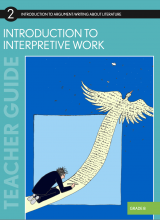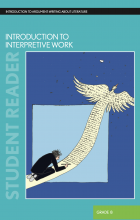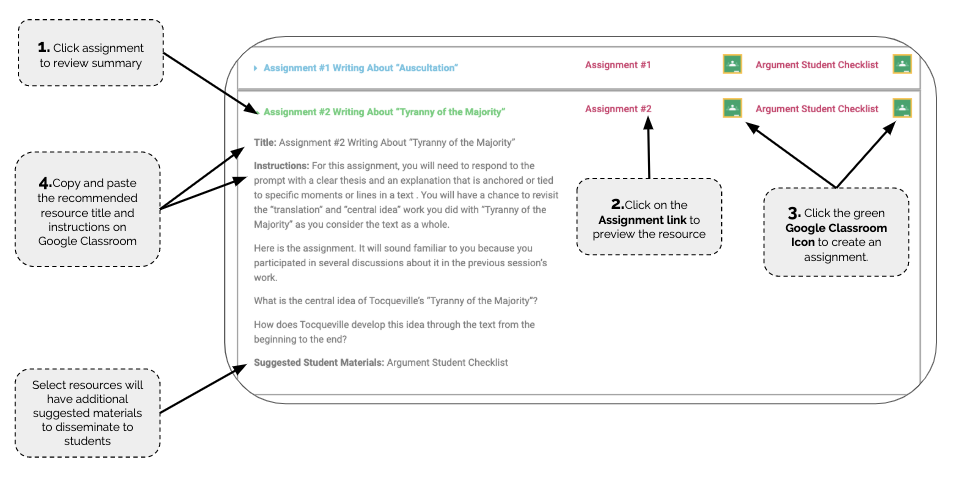Introduction to Interpretive Work - Grade 8
Introduction to Interpretive Work is designed to provide students with an opportunity to deepen their understanding of the kinds of work people do with texts in English. Specifically, the work in this unit provides students with an opportunity to experience the practices of close reading as well as interpretive work distinguished by clear interpretive statements that are supported by compelling explanations and anchored in specific moments in the text. This type of interpretive work falls under the category of argument, as students learn to stake out a clear position and build a careful case for it.


Table of Contents
Text Audio
Writing Tasks
Title: Argument Interpretive Assignment #1 Writing About “Everyday Use”
Instructions: For this assignment you will write an argument about “Everyday Use” that answers the question in the box below. It will sound familiar to you because you participated in a discussion about it in the previous session’s work:
At the end of the story, Maggie smiles—“But a real smile, not scared.”
Why isn’t Maggie scared anymore?
Suggested Student Materials: Argument Student Checklist
Title: Argument Interpretive Assignment #2 Writing About “It’s That It Hurts”
Instructions: For this assignment you will write an argument about “It’s That It Hurts” that answers the question in the box below. It will sound familiar to you because you participated in a discus- sion about it in the previous session’s work:
The first line in the story is “It hurts a lot”
and the title is “It’s That It Hurts.”
What is the “it” that hurts?
Suggested Student Materials: Argument Student Checklist
Charts for Discussion
Title: S-5: Comprehension Vs. Interpretation
Session 2
Forms and Graphic Organizers
Title: S-4: Criteria For a Good Discussion
Title: Modeling Reading Strategies: What, How, and When
